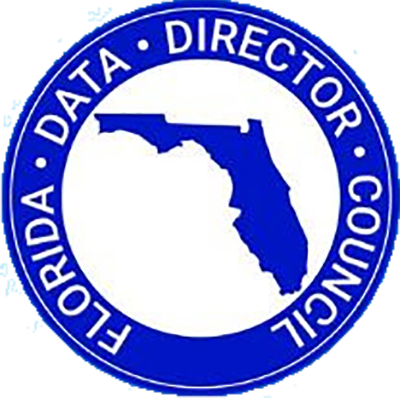Introduction
The FDDC Email System (FES) allows users to create email campaigns and send them to a large number of recipients. The system is functionally similar to commercially available products such as MailChimp and Constant Contact, but is available to qualified users at a fraction of the cost.
This guide walks new users through the FES 2.0 email platform, focusing on segment creation and email building workflows. It includes background, key definitions, and step-by-step instructions with helpful context.
Administration
Troy Shimkus is the lead administrator and developer of the system.
Text or email Troy with questions and for technical support: t.shimkus@nwdemocrats.org; 407-443-6844.
✨ First Login Overview
To launch the app go to: https://fes.flddc.org/s/login
- Upon logging in, your dashboard will appear mostly empty.
- This is normal: most content is tied to contact segments and campaigns.
- We’re still developing dashboard widgets for standard users.
- You won’t see any contacts directly. Instead, you’ll work with segments, which let you group and target contacts based on filters or imported lists.
👥 About Segments
Segments are defined groups of contacts that share a common trait (e.g., all Democrats in a county, or all male voters in a district).
There are two types of segments:
- Filter-based segments: Built within FES 2.0 using field filters.
- List-based segments: Static segments based on VAN exports (manual process).
- You will also see a built-in segment called “Placeholder“:
- This segment is empty and used for safe testing.
- It cannot be edited.
✍️Creating a Filter-Based Segment
- Go to Segments > New.
- Fill out the form:
- Name: Choose something descriptive
- Alias: Auto-generated, but editable. Used in searches.
- Public Name: Leave blank (not used currently).
- Visible to Other Users: Leave unchecked. Only check this if the segment should be visible system-wide.
- Active: Toggle on only when the segment is ready for use.
- Description: Document who this is for and how it will be used.
- Click the Filters tab:
- Always start with a County filter to stay within your scope.
- In FES 2.0, County is stored as the “Company Name” field.
- Use three-character abbreviations.
- Add other filters like Party, Gender, etc.
- You can use AND/OR nesting to build complex criteria.
- AND selects voters with both criteria
- OR selects voters with either criteria A or B (e.g., in one of the two precincts)
- Click Save & Close.
⌚ Note: Filter-based segments are dynamic and automatically update every ~10 minutes as contacts qualify/disqualify. Allow up to an hour for full build.
You can refresh the segment list page to monitor population.
📦 Creating a List-Based Segment (from VAN)
- Run a VAN search and export the LIST
- The list must include:
- State File Voter ID for matching
- Ideally a full voter record to locate any missing contacts
- Voter File VANID
- State File ID
- Name
- Age
- Ballot Zip
- County
- County ID
- Date of Birth
- Legislative Districts
- Party
- Precinct
- Race/Ethnicity
- Source File Sex
- Preferred Email
3. Submit the file to the FES team for processing.
⚠️
List-based segments are static. They will not update over time. You must re-export/re-import to refresh them.
📈 Create a Segment for Testing Emails
- You can build a test segment using a known email or voter ID.
- The contact must already exist in FES 2.0.
- If it doesn’t populate, notify support or request test addresses be added.
📧 Creating an Email
- Go to Channels > Emails > New
- Choose Segment Email (not Triggered Email).
- Subject: This is what recipients will see.
- Internal Name: For your reference only.
- Preheader: Optional short preview text.
- Segment: Choose your target segment.
3. Click the Advanced tab:
- From Name: Your club name.
- Reply-To: Where replies will go.
- From Address: Leave blank to use FDDC’s default. Contact support if you’d like to use a custom address.
4. Click Save & Close.
🎨 Choose a Theme and Use the Builder
- On the Themes tab:
- Browse and preview themes.
- Click Select on the one you want.
- Click the Builder link to open the visual editor.
From here, you can begin designing and editing your email with content blocks, images, and styling.
✅ Summary: Key Steps
Log in: Dashboard will be mostly empty.
Segments:
- Use filter-based segments for dynamic audiences.
- Always start filters with County.
- Placeholder segment is safe for drafts.
List-based segments:
- Export from VAN, must include Voter ID.
- Static only.
Email creation:
- Use Segment Email option.
- Set From/Reply-To details in Advanced tab.
- Use Themes > Builder to edit the design.

